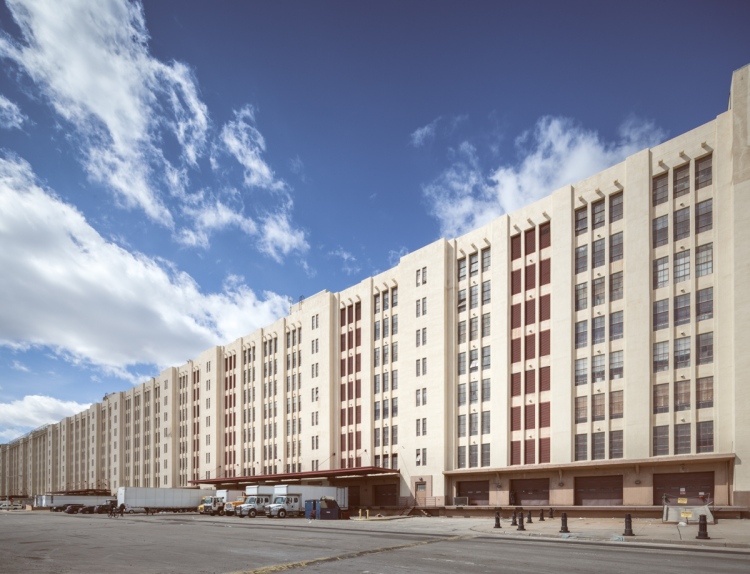
The Brooklyn Army Terminal’s Building B stretches toward the horizon.
Let me be the first to point out that the Brooklyn Army Terminal is far from abandoned. It’s actually one of the most vibrant hubs of industry remaining on a Brooklyn waterfront that was once dominated by factories, warehouses, and refineries, many of which have fallen into decay or been renovated into luxury condos. Along with the Brooklyn Navy Yard, the neighboring Bush Terminal, and nearby Industry City, the Army Terminal is proving every day that industry can not only survive, but thrive, on the Brooklyn waterfront.
I’m often asked why abandoned buildings in New York aren’t just turned into housing for the homeless, offered up to local artists, or repurposed as museums, and the truth is it’s never, ever that simple. But here’s an example of a historic building that has been painstakingly brought back from the brink of decay–over a period of 35 years with $150 million in public and private investment–to become a viable source of job creation. Luckily, the Brooklyn Army Terminal has managed to retain a palpable connection to its history, and in some areas, a pleasing patina of decay in keeping with its old age.

At almost 100 acres, the property covers the length of several city blocks.
Overall, the structure reflects the austerity and efficiency one might expect given its military origins, and sure enough, nearly every architectural embellishment turns out to serve a practical purpose. Seemingly decorative studs lining the top of the facade actually function as a simple but effective drainage system for the roof. It’s a testament to the genius of its architect that such a utilitarian building can attain such elegance. The designer, Cass Gilbert, is best known for masterminding some of New York’s most beautiful and ornate structures, like the iconic Woolworth Building or the majestic Customs House, not to mention the U.S. Supreme Court in Washington, DC.
The construction of the Brooklyn Army Terminal began in 1918 under the direction of the federal government, with the goal of establishing a more efficient means of dispatching supplies and personnel to military fronts around the world. The four million sq ft complex of warehouses, offices, piers, and railroads was built over a period of only 17 months. Though the First World War had ended by the time the structure was completed, the Terminal proved indispensable during WWII, employing over 20,000 military personnel and civilians. It acted as the headquarters of the New York Port of Embarkation, which collectively moved 3.2 million troops and 37 million tons of supplies to army outposts around the globe during the war. Hundreds of thousands of men passed through the terminal on their way to serve overseas, arriving by trains that dropped them off a few paces from the ramps of outgoing ships. The most famous visitor was Elvis Presley, who stayed longer than most, holding a press conference in front of a crowd of photographers, reporters, and fans before embarking on an 18 month tour of Germany in 1958. He had been drafted the previous year.
The Terminal’s design was easily adapted to a variety of uses in peace time. During prohibition, it warehoused confiscated liquor from NYC speakeasies, and after the facility was decommissioned in 1966, the USPS moved operations into the ground floor following a fire in a prominent Manhattan branch. But through much of the 60s and 70s, the facility fell into a period of decay and decline. Ownership transferred to the city of New York in 1981, and the monumental task of restoring the structure for modern industrial use began in earnest when the NYC Economic Development Corporation stepped in to manage the building.
The job was split into discrete stages, tackling one section of the massive complex at a time. An upcoming renovation project dubbed “Phase 5” will complete the restoration of the two largest structures by revitalizing the last 500,000 sq ft of Building A, thanks to a $100 million dollar grant from the De Blasio administration announced last May. Today the leasable space boasts a 99% occupancy rate, with a diverse list of tenants including furniture builders, jewelry makers, and chocolatiers.
If you’re lucky enough to pay a visit, the highlight of the trip is Building B’s jaw-dropping atrium. (It’s generally closed to the public, but Turnstile Tours and Untapped Cities offer regular guided tours.) Freight cars would pull directly into the building and unload supplies with a five ton moveable crane that traveled the atrium from end to end, spanning the length of three football fields. Now the area serves as a walkway for tenants, and loading docks have been repurposed as balconies and container gardens. Recently, the location has been wildly popular for film and photo shoots, which is no surprise. It’s one of the most remarkable interiors in all of New York City.
Book stuff is starting to wind down, but I do have a couple events on the horizon for anyone interested in attending. As always, you can pick up a signed copy directly through me at this website, it’s the best way to support what I do.
Coming Up:
Brooklyn Brainery, April 15th 8:30-10:00, $7(Sold Out)- Mid-Manhattan Library, May 7th, 6:30-8:00, Free!
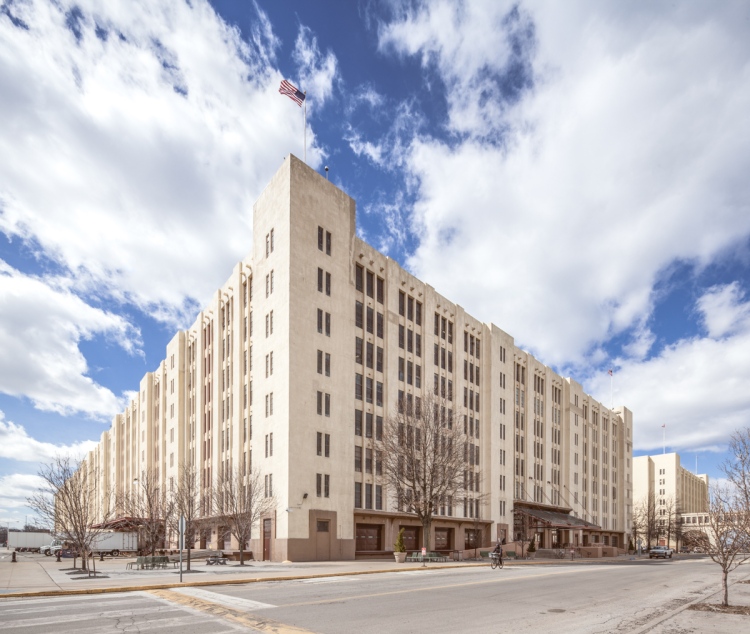


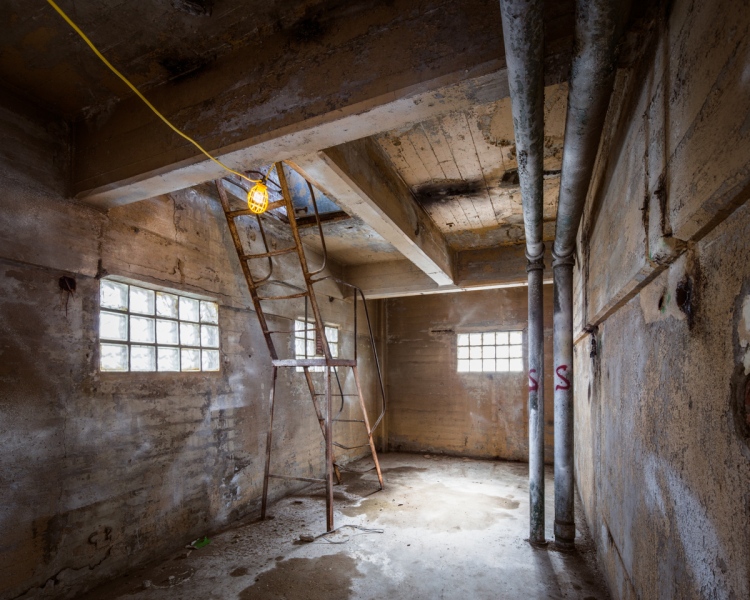


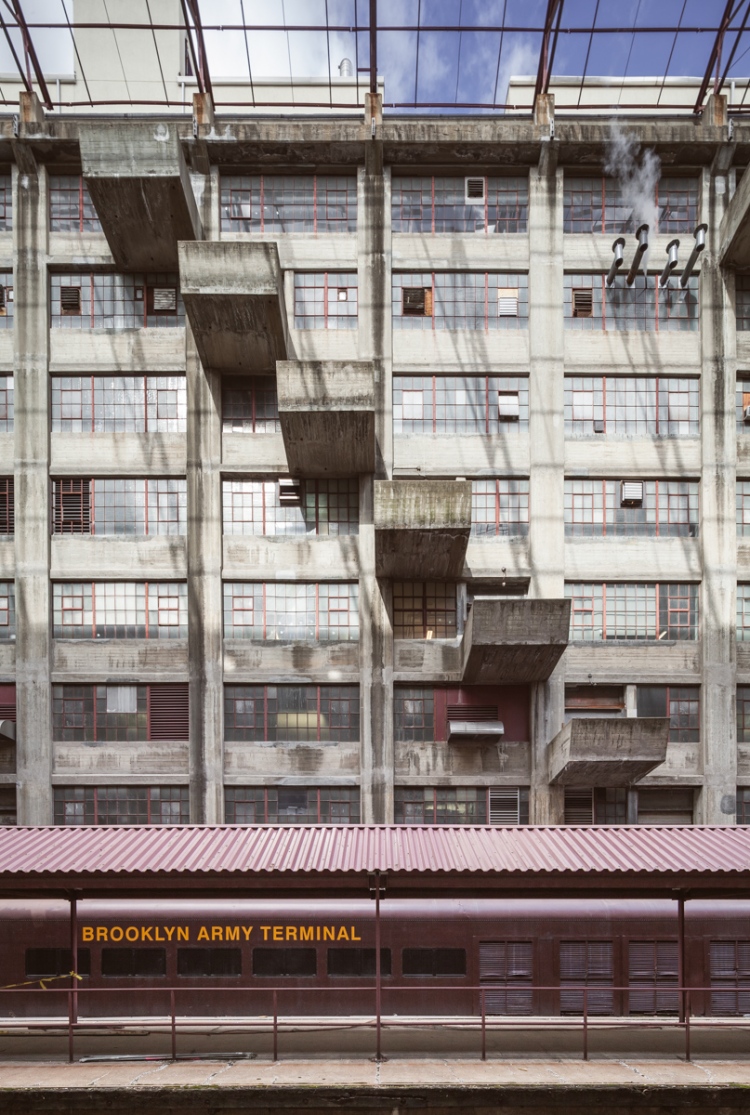

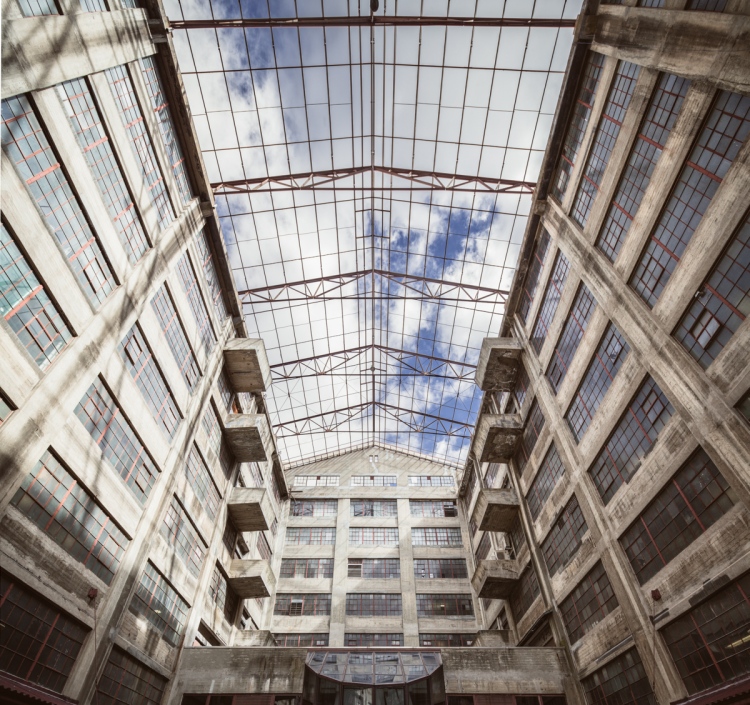



Hey Will, great post and great to have a new one (I know you are busy with book related activities). This one is really interesting and the photos are great. Hope all is well and that book sales are skyrocketing.
LikeLike
Posted by Frank Brennan | 3-20-15., 2:10 pmThank you for sharing. Being a bonifide military brat that is proud of her heritage I really enjoyed it. Thank you.
LikeLike
Posted by Patricia | 3-21-15., 8:42 pmhey – the event on may 7 doesn’t have the right link and doesn’t appear on the nypl website!
LikeLike
Posted by Janice Tan | 3-20-15., 5:21 pmHey Janice, guess they haven’t listed it on the site just yet, but it’s happening. More info to come!
LikeLike
Posted by Will Ellis | 3-20-15., 5:26 pmHi i tried signing up for the event on May 7th but it doesnt exist on the NY public library site. Could you please point me in the right direction?
thanks
jack
LikeLike
Posted by jack ben-harari | 3-20-15., 6:13 pmHey Jack, looks like it’s not listed just yet, but it’s open to the public, no need to sign up.
LikeLike
Posted by Will Ellis | 3-20-15., 6:17 pmthese images are awesome, great captures of this place
LikeLike
Posted by Matt Coglianese | 3-30-15., 9:52 pmI worked there for about 6 1/2 years. It’s a great building when you stop and look at all the nooks and crannies and realize it’s history. Your pictures are great – they actually make it look a little better than it really does ( or did until I left last year) though bit by bit they’ve tried to spruce it up. Building B in particular looks a bit like a prison as you approach it. Building A has had the most cosmetic work inside so far and looks far more “modern”
LikeLike
Posted by Dave | 6-21-15., 9:24 pmThis place is great. The atrium was locked the day we went on tour. We hope to go back in Fa.We followed up this tour with the Woolworth building. I know this one is way plainer compared to the Woolworth but I think there’s a simplistic beauty to it. It was really nice being able to compare two of Cass Gilbert’s buildings.
LikeLike
Posted by jebusandandrea | 6-22-15., 3:50 pmI WOULD LIKE TO MAKE IT A SHOPPING CENTER AND FOOD COURT. CAN YOU CALL ME AT 212-426-1020 ASK FOR BRANISLAV LUCIC. ALSO WRITE TO BRANISLAVL@AOL.COM
LikeLike
Posted by BRANISLAV | 12-14-15., 12:25 pmI was stationed at the BAT while in the Navy. My ship, the Gen. Darby, transported Army troops and dependents to West Germany in the 60’s. What a great building.
LikeLike
Posted by Frank R. Bartolotta | 12-24-15., 3:52 pmRemember me? HM2 long time ago. BAT & Darby…Hope you’re doing well. Lots of fond memories…
LikeLike
Posted by Nicholas Cinquepalmi | 11-2-20., 12:22 amAha, my dad actually worked here a while ago! His company is still there and they’re friendly so I’ll definitely see if I can get a glimpse in 😉 The subway tracks nearby are also amazing, as well as the port and loading dock. Nothing too special, but fun to see!
LikeLike
Posted by Maria | 5-7-16., 11:53 pmwhen man landed on the moon , on the exact moment of the impact, i was there, working in the parcel post section in the third floor,it was already dubbed into a post office terminal after the devastating fire of midtown Morgan station of Manhattan.on that day i believe it was july 20,1969 every one froze for a minute including our supervisor,i still remember his name,mr Leonard,we all held our breaths, erupted into wild cheers on touchdown.i worked there in every floor in every department, i was there until the last day when the post office moved to a more appropriate site in Seacaucus NJ ,instead of following i chose to move to GPO Manhattan. of BAT i have many memories good and bad,mostly good,it always seems to come back now and then in my dreams, if i can in the nearby future will try to visit one more time and put the memories to rest.
LikeLike
Posted by SALVATORE CENTO | 5-31-16., 3:50 pm